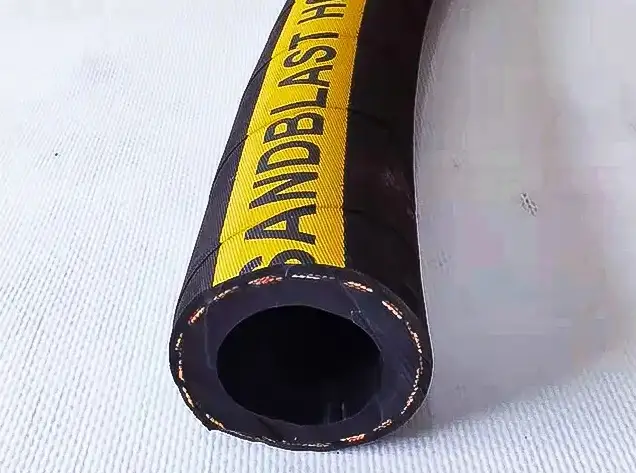What are the rubber hose labels processes?
- 2025-01-02
- China Rubber Hose Vulcanization Label Manufacturer
- 1727
What are the rubber hose labels processes? according to the purpose, product characteristics and relevant regulatory requirements of the rubber hose, design the label content, such as product name, specification model, manufacturer, production date, shelf life, instructions for use, warning signs, etc. ensure that the label content is accurate, clear, and complete, and use appropriate printing methods for printing, such as self-adhesive label printing, screen printing, etc.

according to the size and shape of the hose, select a suitable labeling machine and debug it to ensure that the labeling machine can work accurately and stably.
before labeling, the surface of the rubber hose needs to be cleaned to remove oil, dust, moisture and other impurities on the surface to ensure that the label can be firmly attached to the hose.
during the labeling process, the pressure and speed of the labeling head need to be controlled to ensure that the label can be stuck flatly and firmly on the hose to avoid problems such as bubbles, wrinkles, and edge warping.
some labeling machines will be equipped with a label covering device after labeling, which will cover the label through rollers or scrapers, so that the label can better fit the surface of the hose and improve the label pasting quality.
conduct an appearance inspection on the labeled rubber hose to check whether the label is flat, without bubbles, wrinkles, or warped edges, whether the content of the label is clear and complete, and whether the color of the label is uniform, etc.
gently pull the edge of the label with your hands to check whether the label is firmly attached and whether it falls off easily. you can also conduct some simple simulated use tests, such as bending, stretching, friction, etc., to check the label's sticking performance during actual use.
check whether the position of the label is accurate and meets the design requirements. for labels with special positioning requirements, such as barcodes, qr codes, etc., corresponding detection equipment needs to be used to check to ensure that their position and readability meet the standards.







